Snow blindness, frostbite, gangrene, and amputation without any surgical tools. These are all things that can kill a person, and adding in WWII as well would be a recipe for disaster.
But this is exactly what Jan Baalsrud faced, and he came out of it alive, albeit not unscathed.
Jan Baalsrud was born in Kristiania in 1917 and trained to be an instrument-maker like his father. When his home country was invaded by the Germans in 1940, he escaped only to make his way back there three years later as a saboteur.
During his years away, he had joined the Norwegian Company Linge. The company was a group of young Norwegians who worked on stealth missions to sabotage the German presence in their country. It was with this company that he was sent on a mission which would start his rise as a folk hero.
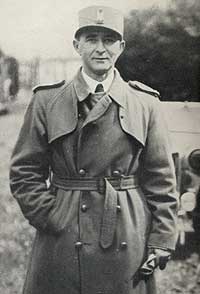
In 1943, Baalsrud, along with three other commandos and a boat crew of eight, was sent to Bardufoss to destroy a German air control tower.
The crew was to meet with a trusted patriot and resistance contact but instead met with an unaffiliated storekeeper who had the same name. The storekeeper alerted the German forces to the unit’s presence.
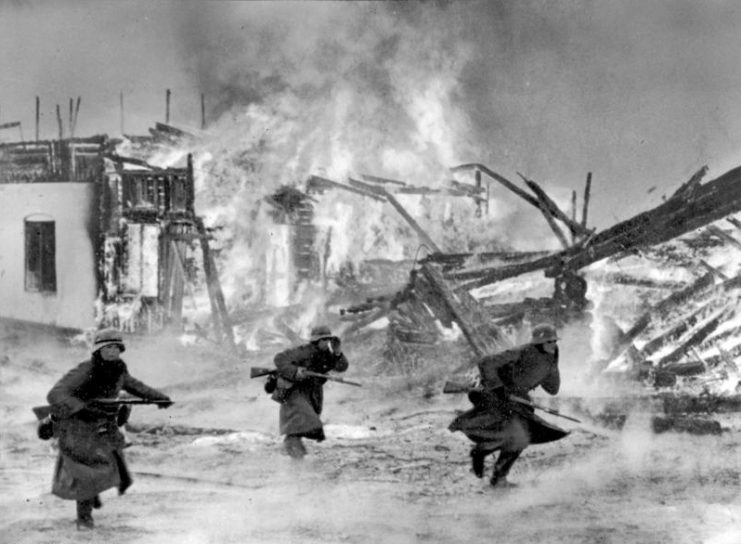
On March 29, Jan Baalsrud’s amazing escape would begin when a German vessel attacked the unit’s fishing boat which contained eight tons of explosives. The team and crew lit a fuse and left the boat to explode. Baalsrud and others swam to the shore through the icy Arctic waters while the rest were captured or killed.
Baalsrud knew that he would be next so he made his way to a snow gully where he hid behind a large rock.
When some of the German soldiers chasing him came into range, he shot at them, killing one and wounding another. The other soldiers drew back and he took the opportunity to run headlong into the snow.
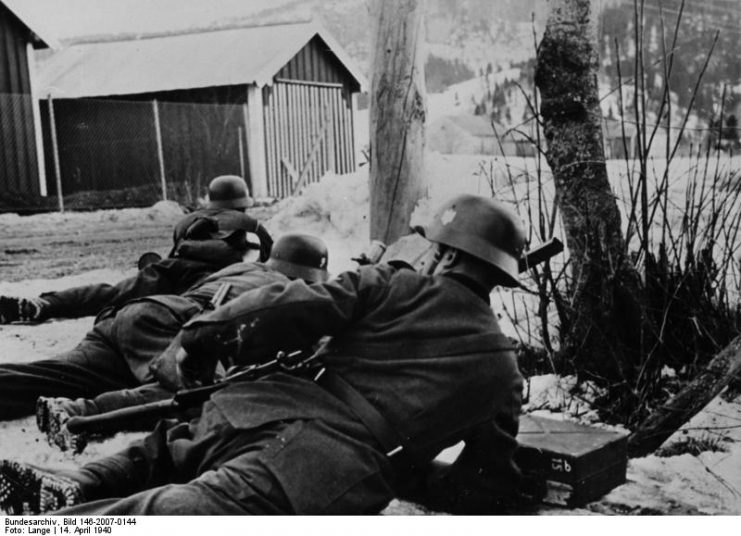
Baalsrud was able to evade capture for a while, but his physical condition deteriorated. He had lost one shoe in the rush from the boat and was suffering from frostbite and snow blindness. This forced him to rely on assistance from Norwegian patriots in the area.
On April 12, Baalsrud was taken across the fjord and sheltered in a wooden cabin ironically called the Hotel Savoy. It was here that he was forced to perform the first surgery on his feet in an effort to stem his deteriorating condition.
Believing he had blood poisoning, Baalsrud used a pocket knife to cut the top of his toes to let the blood out.
Not long after this, he was moved to a mountain fissure in the Manndalen valley. He was left on a stretcher behind a snow wall for 27 days to escape German patrols and the worsening weather.
While in this shelter, Baalsrud had to perform surgery to ensure his survival.
His toes were showing signs of gangrene which could easily have spread to the rest of his legs. To stop the spread, he amputated nine of his toes with the same pocket knife as his earlier surgery. This was an action that saved his feet but left him further weakened.
It was left to his fellow Norwegians to transport him by stretcher to the Finnish border where he was placed in the care of some Sami who transported him across Finland in a reindeer-pulled sled.
After nine weeks on the run, during which time he’d been the focus of a national manhunt, Jan Baalsrud finally made it to neutral Sweden.
Once in Sweden, he was collected by a Red Cross seaplane and flown to Boden. The hospital in Boden would be his home for the next seven months before he was flown to Britain.
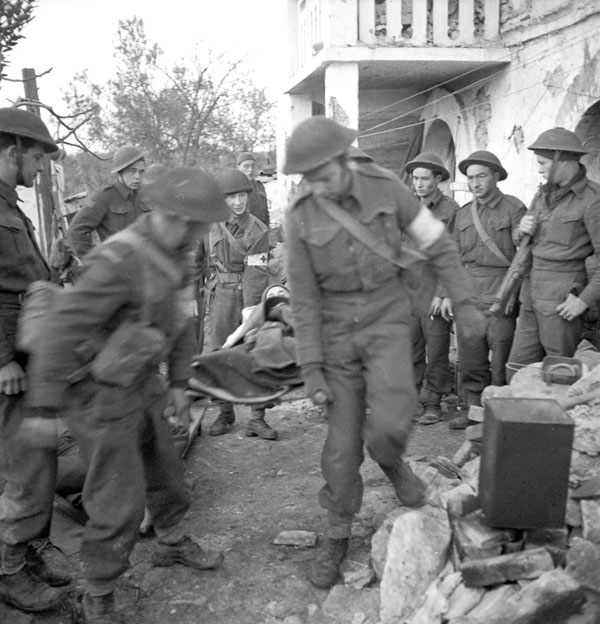
However, this did not signal the end of his involvement with the war as he helped to train other Norwegian patriots in Scotland. After learning to walk without his toes, he made his way back to his homeland to continue the fight.
By the end of the war, Jan Baalsrud was still in active service. The end of the war brought about the cessation of German occupation in Norway and Baalsrud made his way home. In the following years, Baalsrud would move to Spain before spending his final years in Norway.
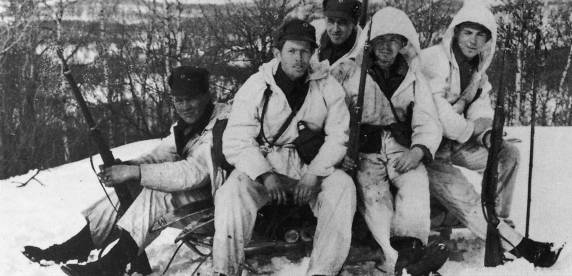
Read another story from us: The Nazi Invasion of Norway – Hitler Tests the West
Jan Baalsrud’s ashes are buried in Manndalen as per his wishes, in a grave shared with Aslak Aslaksen Fossvoll. Fossvoll was one of the local men who helped him escape to Sweden.
The story of Baalsrud’s escape from German-occupied Norway has cemented his legacy as a folk hero, and people still trace his path today.
